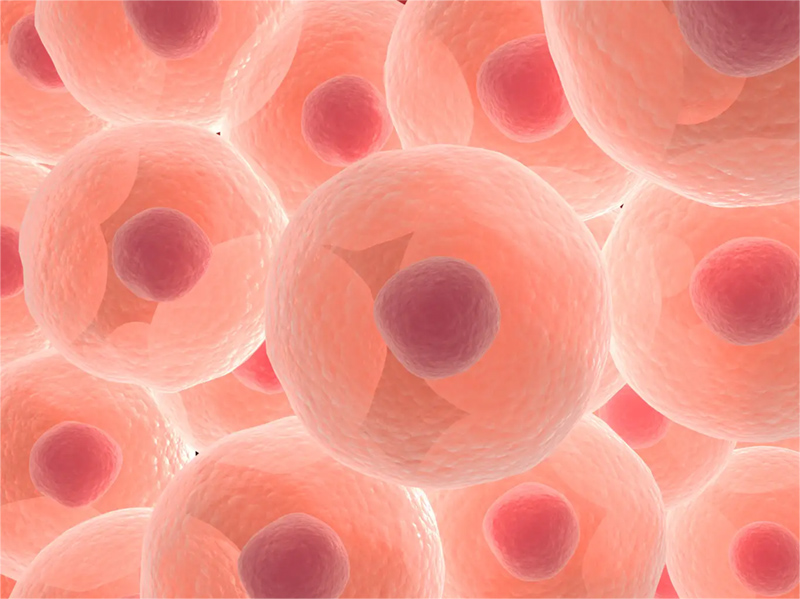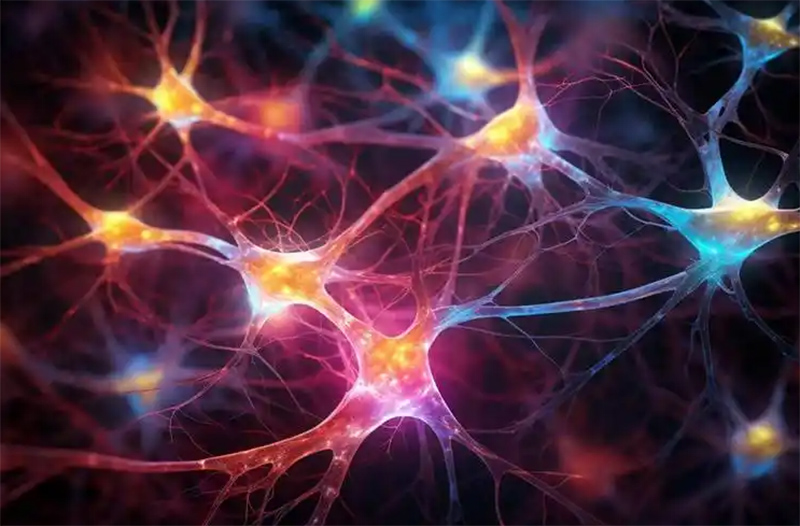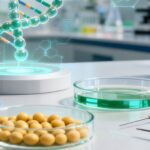A research team at the University of Zurich in Switzerland has achieved a landmark biomedical engineering feat: systematically reversing stroke-induced brain damage in an animal model through a sophisticated stem cell transplantation process. This achievement is not only a triumph for regenerative medicine but also demonstrates the enormous potential of translating complex biological processes into controllable and optimizable engineering solutions. The research was published in the international academic journal Nature.
Stroke is a leading cause of long-term disability, and its core problem lies in structural damage to the brain, a “delicate biological machine.” Current medical treatments are mostly limited to symptom management and cannot “repair the hardware.” Therefore, the development of repair engineering technologies that can directly rebuild neural circuits has become an urgent clinical need.
The core “biomaterial” of this research is neural stem cells derived from human induced pluripotent stem cells. The team, in collaboration with the Center for iPS Cell Research and Application at Kyoto University in Japan, established a standardized, animal-derived component-free cell production process. This ensures the consistency and safety of cell products, adheres to the quality control principles of industrial production, and lays the foundation for standardized engineering for future large-scale clinical applications.
Rather than transplanting cells immediately after a stroke, the research team used an experimental design to pinpoint an engineering “optimal window”—one week after the stroke. This delayed transplant strategy, similar to completing clearance and stabilization work at a disaster site before undertaking reconstruction, significantly improved the survival and integration of transplanted cells. This demonstrates the critical role of process optimization in biosystem interventions.

After transplantation, long-term monitoring using advanced imaging techniques confirmed the success of the repair project: the transplanted stem cells not only survived but also differentiated into neurons and successfully “wired” themselves—establishing functional connections with the host brain’s existing neural networks, enabling electrical signal transmission. This is equivalent to successfully integrating a new microprocessor unit into a complex circuit and enabling its operation.
Even more excitingly, this transplantation technique triggered extensive system-level repairs, including neovascularization (rebuilding the “energy supply system”), reduced inflammation (controlling the “harmful environment”), and repair of the blood-brain barrier (restoring the “safety boundary”). This demonstrates that the transplantation not only provides replacement cells but also reprograms the local microenvironment, activating the brain’s inherent “regenerative program,” demonstrating the powerful effects of systemic engineering interventions in complex biological systems.
In line with the spirit of rigorous engineering, the team is developing a “safety switch” system. This technology can eliminate abnormal proliferation of transplanted cells through the administration of specific drugs. This pre-designed safety redundancy mechanism is a core engineering guarantee for the clinical application of high-risk technologies. It represents the latest advancement in the field of cell therapy safety control and ensures the controllability of future treatments.
The significance of this research lies in its advancement, for the first time, of stroke brain damage repair from a biological concept into a designable, optimizable, and controllable engineering process. It establishes a comprehensive technical paradigm for this type of treatment, including standardized cell preparation, optimal intervention timing, functional integration verification, and a safety control system. This brain repair engineering framework provides a powerful blueprint for future treatments of Parkinson’s disease, spinal cord injury, and other neurological “hardware injuries,” marking the official entry of biomedicine into the era of precision repair engineering.












